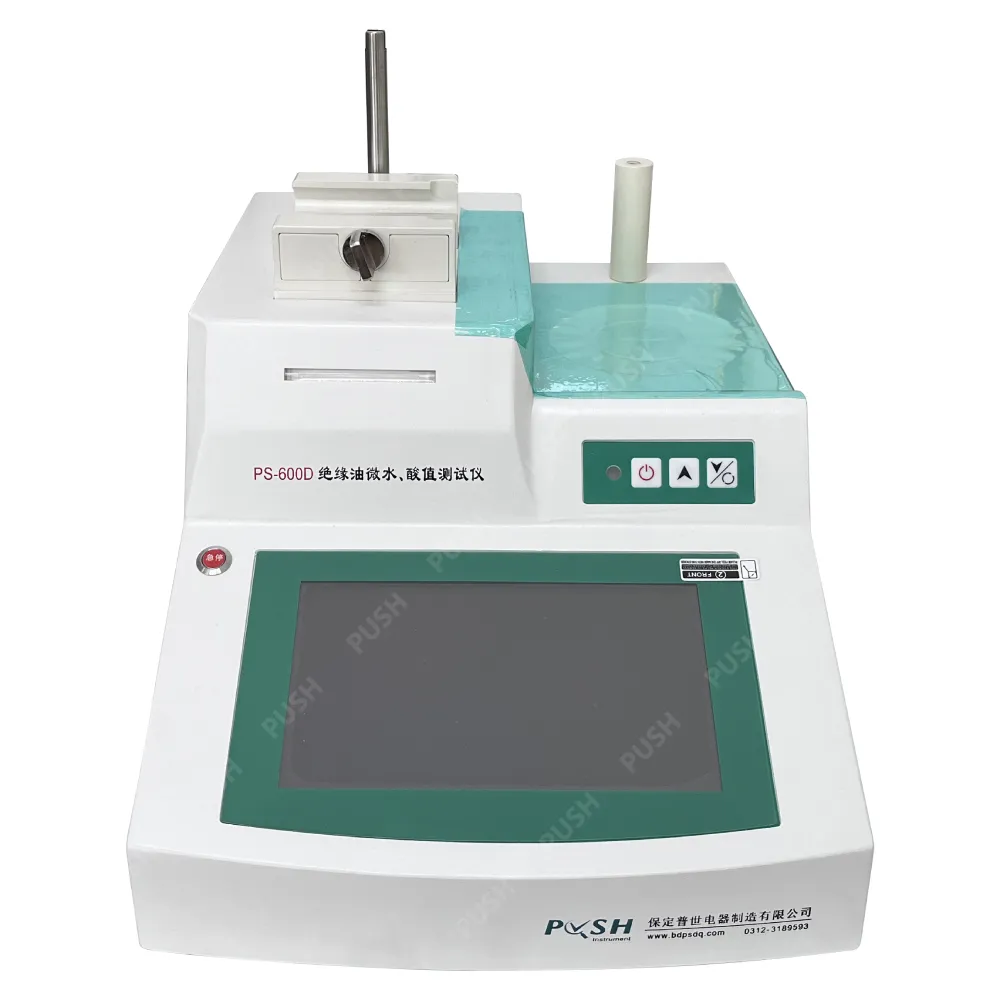 English
English



-
 Afrikaans
Afrikaans -
 Albanian
Albanian -
 Amharic
Amharic -
 Arabic
Arabic -
 Armenian
Armenian -
 Azerbaijani
Azerbaijani -
 Basque
Basque -
 Belarusian
Belarusian -
 Bengali
Bengali -
 Bosnian
Bosnian -
 Bulgarian
Bulgarian -
 Catalan
Catalan -
 Cebuano
Cebuano -
 China
China -
 China (Taiwan)
China (Taiwan) -
 Corsican
Corsican -
 Croatian
Croatian -
 Czech
Czech -
 Danish
Danish -
 Dutch
Dutch -
 English
English -
 Esperanto
Esperanto -
 Estonian
Estonian -
 Finnish
Finnish -
 French
French -
 Frisian
Frisian -
 Galician
Galician -
 Georgian
Georgian -
 German
German -
 Greek
Greek -
 Gujarati
Gujarati -
 Haitian Creole
Haitian Creole -
 hausa
hausa -
 hawaiian
hawaiian -
 Hebrew
Hebrew -
 Hindi
Hindi -
 Miao
Miao -
 Hungarian
Hungarian -
 Icelandic
Icelandic -
 igbo
igbo -
 Indonesian
Indonesian -
 irish
irish -
 Italian
Italian -
 Japanese
Japanese -
 Javanese
Javanese -
 Kannada
Kannada -
 kazakh
kazakh -
 Khmer
Khmer -
 Rwandese
Rwandese -
 Korean
Korean -
 Kurdish
Kurdish -
 Kyrgyz
Kyrgyz -
 Lao
Lao -
 Latin
Latin -
 Latvian
Latvian -
 Lithuanian
Lithuanian -
 Luxembourgish
Luxembourgish -
 Macedonian
Macedonian -
 Malgashi
Malgashi -
 Malay
Malay -
 Malayalam
Malayalam -
 Maltese
Maltese -
 Maori
Maori -
 Marathi
Marathi -
 Mongolian
Mongolian -
 Myanmar
Myanmar -
 Nepali
Nepali -
 Norwegian
Norwegian -
 Norwegian
Norwegian -
 Occitan
Occitan -
 Pashto
Pashto -
 Persian
Persian -
 Polish
Polish -
 Portuguese
Portuguese -
 Punjabi
Punjabi -
 Romanian
Romanian -
 Russian
Russian -
 Samoan
Samoan -
 Scottish Gaelic
Scottish Gaelic -
 Serbian
Serbian -
 Sesotho
Sesotho -
 Shona
Shona -
 Sindhi
Sindhi -
 Sinhala
Sinhala -
 Slovak
Slovak -
 Slovenian
Slovenian -
 Somali
Somali -
 Spanish
Spanish -
 Sundanese
Sundanese -
 Swahili
Swahili -
 Swedish
Swedish -
 Tagalog
Tagalog -
 Tajik
Tajik -
 Tamil
Tamil -
 Tatar
Tatar -
 Telugu
Telugu -
 Thai
Thai -
 Turkish
Turkish -
 Turkmen
Turkmen -
 Ukrainian
Ukrainian -
 Urdu
Urdu -
 Uighur
Uighur -
 Uzbek
Uzbek -
 Vietnamese
Vietnamese -
 Welsh
Welsh -
 Bantu
Bantu -
 Yiddish
Yiddish -
 Yoruba
Yoruba -
 Zulu
Zulu
auto titration equipment
Understanding Auto Titration Equipment A Comprehensive Overview
Auto titration equipment has emerged as an indispensable tool in various fields, including chemistry, biochemistry, pharmaceuticals, and environmental analysis. This automated technology streamlines the process of titration, enhancing accuracy, efficiency, and reproducibility in quantitative chemical analysis. This article delves into the fundamental aspects of auto titration equipment, its components, benefits, and applications across different industries.
What is Auto Titration?
Auto titration is a method of titration that is performed using automated systems, which can precisely control the dispensing of titrant and monitor the reaction without significant human intervention. By employing sensors and computer software, these systems can detect endpoint measurements more accurately than manual methods. The automation reduces human error, ensuring that the results are reliable and consistent.
Key Components of Auto Titration Equipment
1. Titrant Reservoir This is where the titrant—the solution of known concentration—is stored. Modern auto titration equipment may have multiple reservoirs, allowing for the use of different titrants without manual swapping.
2. Pumps and Valves These components facilitate the controlled dispensing of titrant into the analyte solution. Peristaltic or diaphragm pumps are commonly used to ensure accurate flow rates.
3. Electrodes The equipment typically features electrodes, such as pH or ion-selective electrodes, which are essential for detecting the endpoint of the titration via electrical signals. These electrodes convert chemical information into readable data.
4. Control Unit This is the brain of the operation, equipped with advanced software that controls all functions of the titration process. It processes data from the sensors and makes real-time adjustments to the titration parameters.
5. Display Screen A user-friendly interface that allows operators to monitor the titration process, review data, and adjust settings ensures that the equipment is practical and efficient.
Benefits of Auto Titration Equipment
The advantages of employing auto titration systems are manifold
1. Increased Accuracy Automation minimizes human error associated with manual titration, leading to more precise results. The systems can detect endpoints with much higher sensitivity than the human eye.
auto titration equipment

3. Reproducibility The standardized procedures adhered to by auto titrators create a higher rate of reproducibility in results, essential for quality control in laboratories and production environments.
4. Data Management Many modern auto titration systems come with integrated software that assists in data logging, analysis, and reporting, facilitating easy compliance with regulatory standards.
5. Enhanced Safety Automation can help reduce the exposure of technicians to hazardous chemicals by minimizing the need for direct handling, thereby improving laboratory safety.
Applications of Auto Titration Equipment
Auto titration equipment finds application across various sectors
- Pharmaceuticals In drug formulation and quality control, ensuring correct dosing and purity is paramount. Auto titrators help in the routine analysis of active ingredients and impurities.
- Environmental Testing Monitoring water quality and soil samples require precise analyses of pH, alkalinity, and various contaminants, making auto titration an efficient solution.
- Food and Beverage Industry Ensuring product consistency and compliance with safety standards, auto titration is employed to analyze acidity, salt concentrations, and preservatives.
- Chemical Manufacturing The production of chemicals often requires frequent titration to maintain product quality and optimize processes.
Conclusion
In conclusion, auto titration equipment represents a significant advancement in analytical chemistry, providing enhanced accuracy, efficiency, and safety compared to traditional titration techniques. As industries continue to evolve, the role of automation in laboratory practices becomes increasingly vital, enabling faster and more reliable analysis. Investing in modern auto titration systems can lead to improved results, making them a crucial asset for laboratories worldwide.
-
Testing Equipment Industry Sees Major Advancements in 2025: Smart & Precision Technologies Lead the WayNewsJun.06,2025
-
Applications of Direct Current Generators in Renewable Energy SystemsNewsJun.05,2025
-
Hipot Tester Calibration and Accuracy GuidelinesNewsJun.05,2025
-
Digital Circuit Breaker Analyzer Features and BenefitsNewsJun.05,2025
-
Benefits of Real-Time Power Quality Monitoring Devices for Industrial EfficiencyNewsJun.05,2025
-
Earth Fault Loop Testing in High-Rise Building Electrical SystemsNewsJun.05,2025



